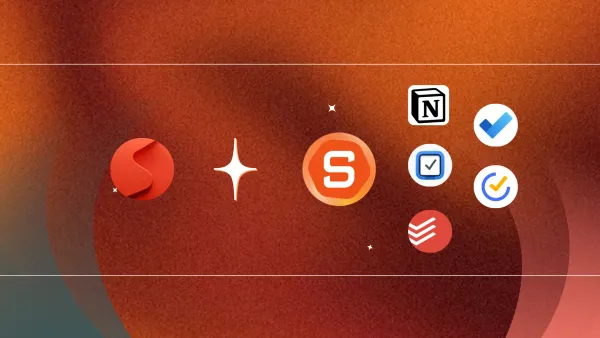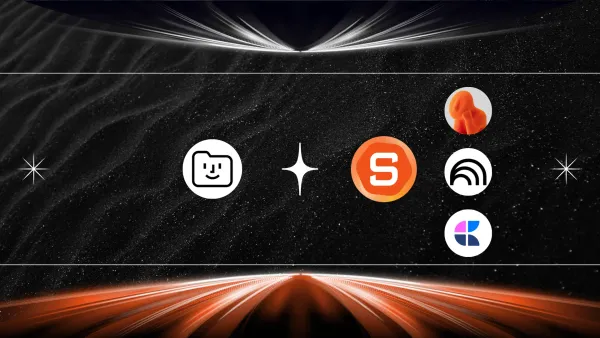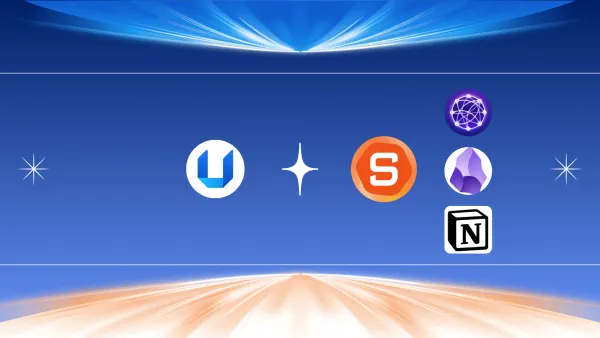7 Methods to Improve Productivity for ADHD Content Creators [2025]
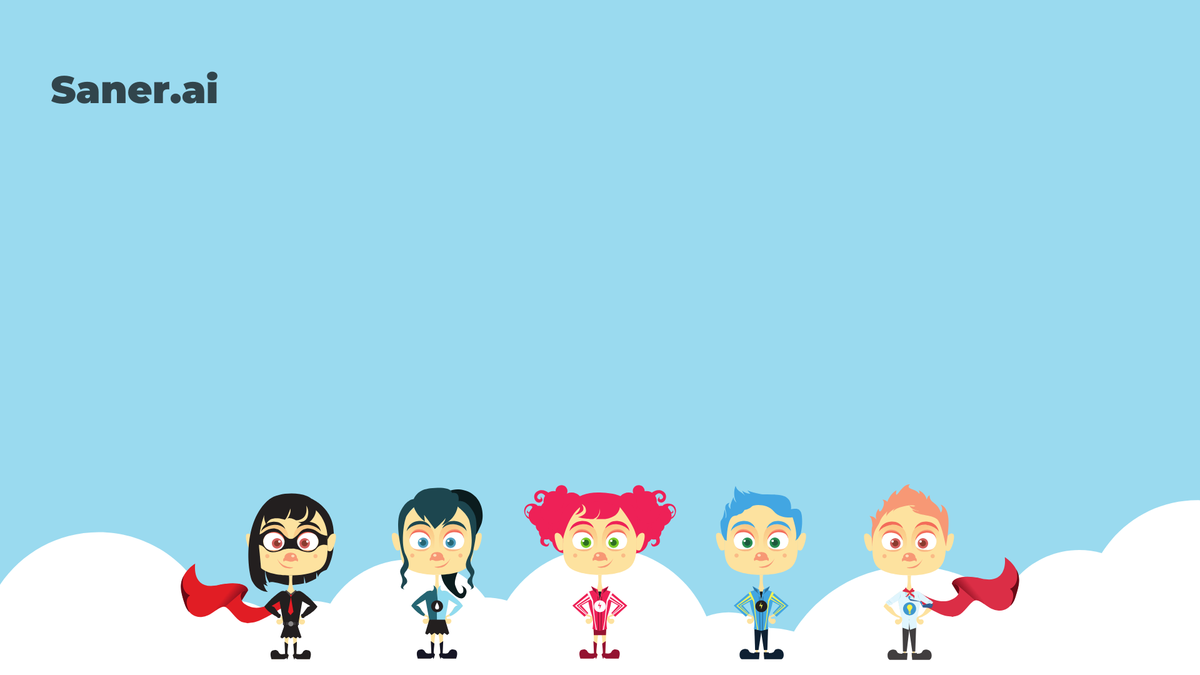
How to Improve Productivity for ADHD Content Creators

ADHD Content creators face unique challenges in both their personal and professional lives.
To help out, we've put together a practical list of tips and tricks that are especially ADHD-friendly but can benefit you in your content creation career.
It's important to remember that ADHD is a form of neurodivergence, not a disorder, and it's definitely worth exploring whether you've been diagnosed or not.
1. What is ADHD
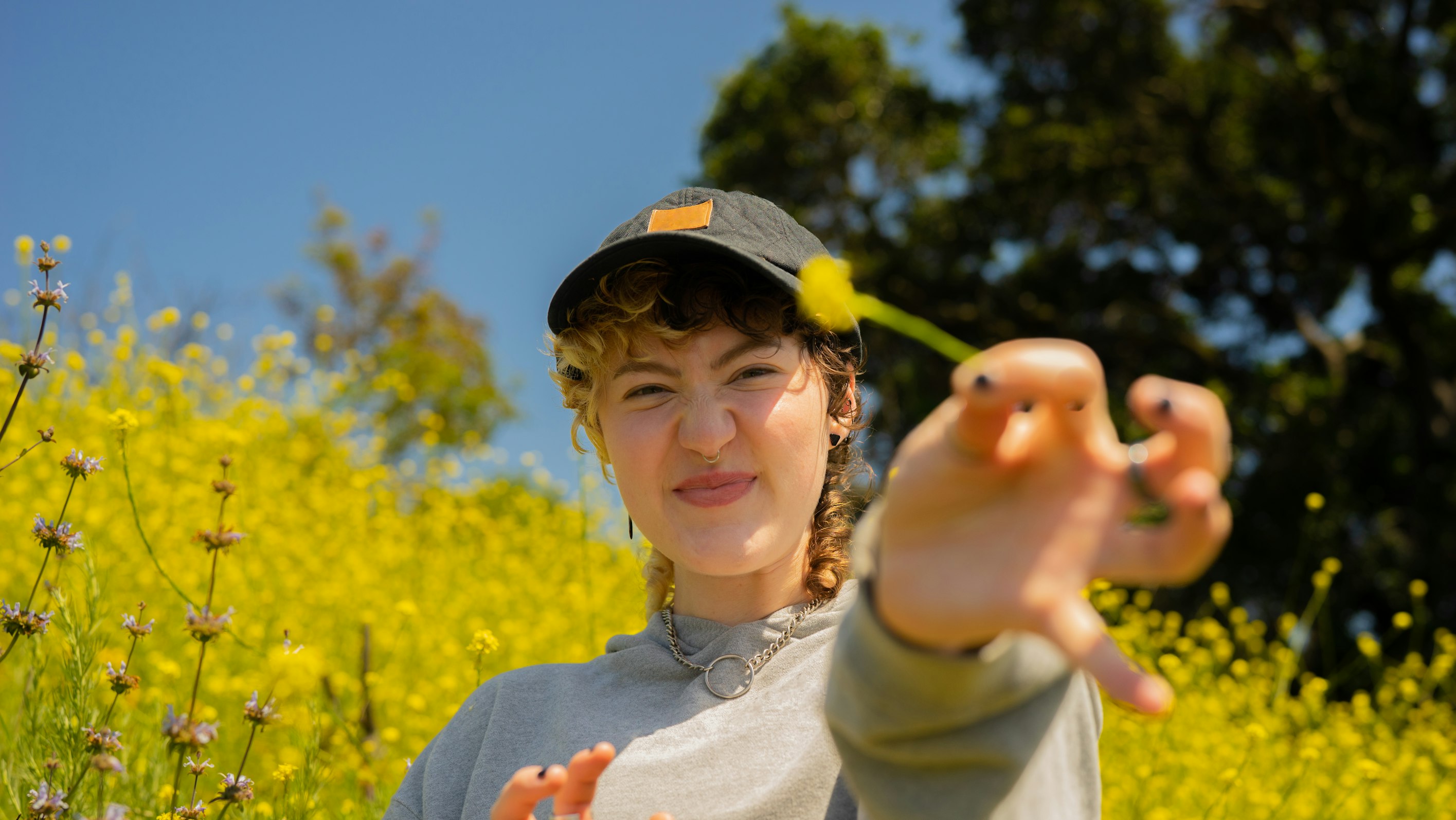
Attention-deficit/hyperactivity disorder is marked by an ongoing pattern of inattention and/or hyperactivity-impulsivity that interferes with functioning or development. People with ADHD experience an ongoing pattern of the following types of symptoms:
- Inattention means a person may have difficulty staying on task, sustaining focus, and staying organized, and these problems are not due to defiance or lack of comprehension.
- Hyperactivity means a person may seem to move about constantly, including in situations when it is not appropriate, or excessively fidgets, taps, or talks. In adults, hyperactivity may mean extreme restlessness or talking too much.
- Impulsivity means a person may act without thinking or have difficulty with self-control. Impulsivity could also include a desire for immediate rewards or the inability to delay gratification. An impulsive person may interrupt others or make important decisions without considering long-term consequences.
2. Situation of ADHD Content Creators
A. What do content creators do
When you scroll through Instagram, read a blog, or watch a YouTube video, you're enjoying the work of a content creator. These creative folks use digital tools to craft all sorts of cool stuff that informs us, makes us think, or just gives us a good laugh. Here’s a peek at what content creators might make:
- Blogs & Articles: These are like digital diary entries or magazine articles that share interesting stories or useful tips.
- Social Media Posts: Ever see those fun posts on Facebook or eye-catching photos on Instagram? That’s their handiwork!
- Websites: They design the websites you visit, making sure they look good and work well.
- Emails & Newsletters: These keep you updated on what’s new and exciting, straight to your inbox.
- Promotional Materials: From online ads to flyers, they create things that try to get you interested in products or events.
- Videos: Whether it’s a quick how-to clip or a long story, they make videos to watch online.
- Infographics & Graphic Designs: These are cool visuals that explain information in a fun and easy-to-understand way.
After creating all this awesome content, they don’t just sit back. They share it on websites or social media and then use special tools to see how many people viewed, liked, or shared their work. This helps them understand what people enjoy most and what makes an audience really connect with their creations.
B. ADHD Content Creators’ Problems
.jpg)
ADHD content creators face unique challenges in maintaining productivity and focus due to the nature of their condition, for example:
- First, they often struggle with distraction and disorganization.
- For example, when researching, they might have multiple browser tabs open, which can be overwhelming and make it hard to focus on one task at a time.
- Organizing their content, work schedules can also be difficult, leaving them unsure about where to start on a project. Their ideas can feel scattered, popping up at random, and hard to consolidate, which adds to the stress.
- Plus, the pressure to keep up with the latest trends and respond to comments can turn exciting tasks into tedious chores, leading to burnout and the need for breaks.
- Social media, while essential for sharing their content, can also present challenges. The constant dopamine hits from social media engagement can also be addictive and make it hard to pull away from endless scrolling, making it hard to stop scrolling and focus on creating new content.
- Furthermore, ADHD content creators might experience rejection sensitivity, which means they could take it hard when their videos or posts don't perform well, questioning their self-worth based on the public's reaction.
7 methods to be more productive and creative as an ADHD Content Creator

1. Use a blocking app to reduce distraction
When you're trying to research, get work done, or focus on a project, it's easy to get sidetracked by things like social media, emails, or messages popping up.
For content creators, it is even worse cause using social networks regularly is unavoidable. You need to use them to keep up with trends or simply post, interact, or respond to customers quickly. However, using social networks too much will easily cause distraction, so limit this as much as possible
To help you stay on track, consider using a blocking app that keeps these distractions away while you work.
Here’s how you can set it up:
A. Identify Distractions: First, figure out what grabs your attention away from work. Is it Instagram, TikTok, or maybe constant notifications from your email?
B. Choose a Blocking App:
- Stay Focused: This app not only blocks distracting sites and apps but also tracks the time you spend on them. It has a "Strict Mode" that prevents you from changing settings once they're in place, helping you stick to your goals.
- Freedom: For blocking distractions on all your devices at once
- Cold Turkey: This one is super strict. Once you set it, there’s no going back. It blocks websites and apps for a time period you decide.
- Session: for a combination Pomodoro timer and distraction blocker
- OneSec: for adding a little friction to every distraction
- PawBlock: for distraction blocking with cute animal pictures
C. Combine with Other Tools: Think about pairing the blocking app with other tools like a task manager or a timer that breaks work into short, productive bursts (like the Pomodoro Technique).
For example, by setting this up with Saner.AI, you can keep your "digital workspace" clean, just like keeping your desk tidy, so you can focus better and get your tasks done faster. Plus, it feels great to check off that to-do list without all those extra distractions!
2. Reduce context switching
In today's world, I think you are familiar with context switching - the constant juggling act where you sift through your email inbox, task list, Chrome tabs…
This can significantly hamper productivity and focus.
When researching, usually content creators have to read many tabs - sources, then take down notes to create their own post. This process is full of context switching between tabs and notes. And it’s detrimental to ADHD focus.
To address this problem, you can try the Saner.AI Chrome Extension.
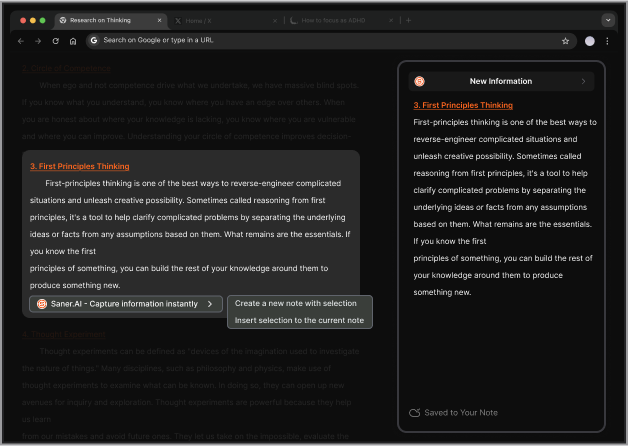
- It's like having a notebook that pops up right beside your side panel. You can turn it on when you start your research.
- This tool is super handy because it keeps all your notes in one place, right next to your internet page, so you don't have to waste time flipping between tabs or risk losing your train of thought.
This way, you can focus more on researching ideas for your post
3. Note down your ideas
Have you ever forgotten a good idea that just flashed through your mind? It's a pity that I couldn't capture that moment in time
As a content creator, you definitely need to keep up with trends, and you need to regularly take note of the changes that are happening.
But, where do you capture these ideas?
- If you're old school, you might think of carrying around a notebook and pen, but let's be real, it's not always practical.
- And if you're more digital and use apps on your phone or computer to take notes, sometimes finding that one specific note later can be like looking for a needle in a haystack.
We believe that Saner.AI Mobile app can solve this problem. With this bot, you can quickly save your ideas to it just like sending a text message to a friend.
Need to find that note later? No problem. Just ask the AI: "Where did I put that?" and it will be found for you. It's like having a personal librarian for your thoughts, always ready to pull out exactly what you need, right when you need it.
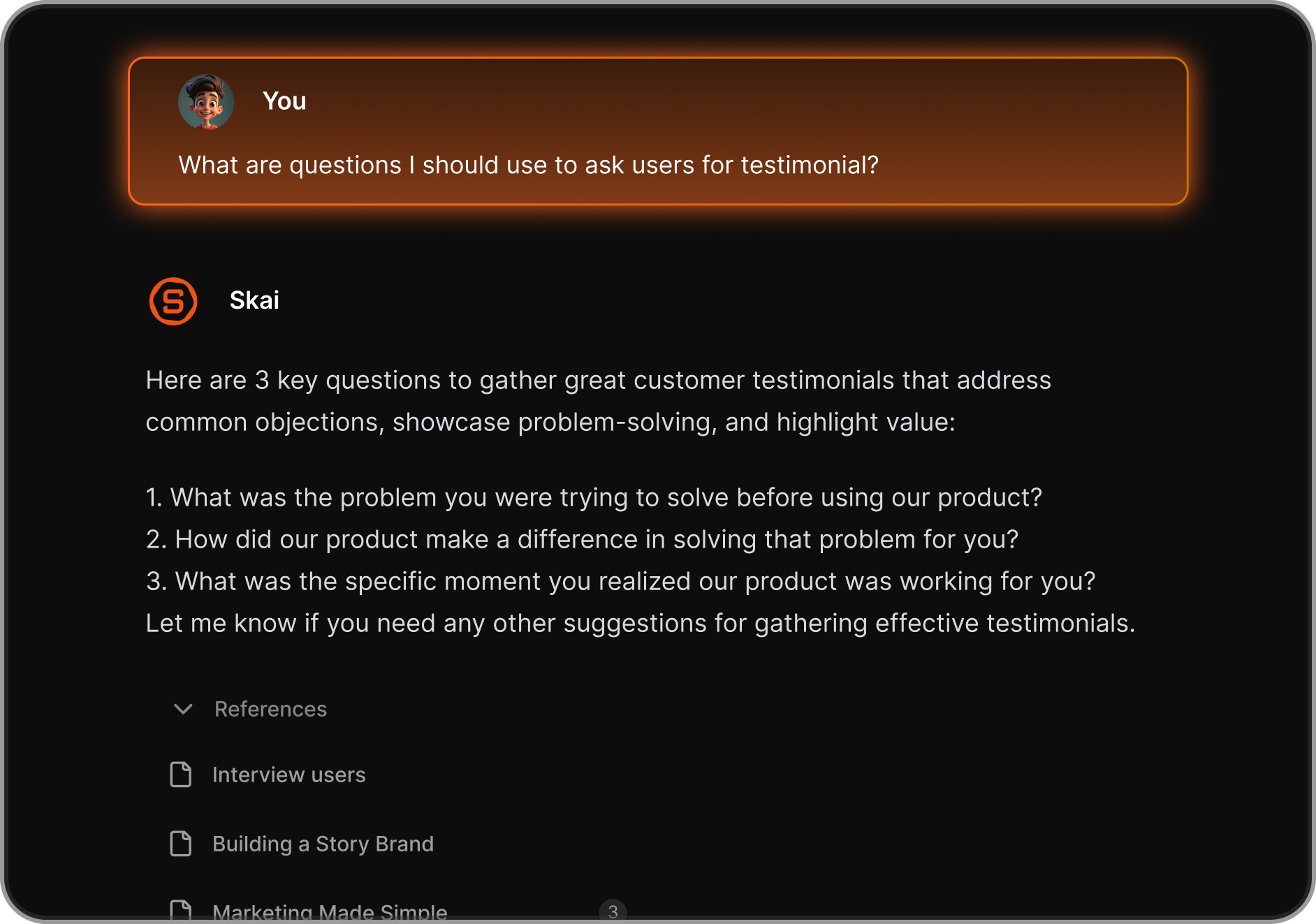
4. Create a content schedule

Keeping track of everything you need to do can be a bit like juggling. It's easy to drop a ball if you're not careful! Whether you have ADHD or not, using tools like calendars, planners, and daily task lists can help you keep all your balls in the air without dropping any.
Here’s a simple three-step system that can help you stay organized and make the most of your day.
- Step 1: Use a Calendar for a Monthly Overview
- A calendar gives you a bird's-eye view of your month. You can use a paper calendar or a dry-erase board—whatever works best for you. The key is to keep it simple. Write down 1-3 important tasks, appointments, or events for each day. This helps you see what’s coming up at a glance and plan your time accordingly.
- Step 2: Use a Planner for Weekly Tasks
- A planner or weekly agenda helps you manage what you need to do during the week. Try to be realistic about what you can achieve each day. A good rule of thumb is to stick to 3-5 tasks per day. This helps ensure that you don’t overwork yourself and that you can do each task well. Choose a planner that’s simple and functional—look for one with enough space for daily notes but still small enough to carry with you.
- Step 3: Use a Daily Task List for Day-to-Day Planning
- A daily task list is great for breaking down your day and staying on track. Start with a few tasks and add more as you get comfortable with your routine. This list is your daily game plan. It helps you focus on what needs to be done right now, so you don’t feel overwhelmed by everything at once.
Pro Tip: Color-Coding
Using the same colors across your calendar, planner, and task list can make it easier to see what’s what at a glance.
Choose a color for each type of task (like blue for school, green for personal tasks, red for urgent things) and stick to it.
This can be a fun way to keep things organized, but if it starts to feel complicated, just use a few colors or skip it altogether.
5. Create Content more effectively
If you don't know where to start or what to do next. Here are some clever tricks you can use to help clear the fog and keep moving:
A. Break Down Large Tasks: When you have a big project, like creating a series of videos or writing several blog posts, it can feel a bit like staring up at a huge mountain. But, just like climbing a mountain, breaking the task into smaller, manageable parts can make the journey much easier. Here's a method that can help:
- Pomodoro Technique
- Imagine you have a big pile of homework. Instead of trying to do it all at once, what if you set a timer and work on it for just 25 minutes?
- That's the Pomodoro Technique. After those 25 minutes, you take a short 5-minute break to do something fun—maybe stretch, grab a snack, or just chill. Then, you go for another 25-minute work session.
- This method keeps your brain fresh and helps prevent feeling overwhelmed. It’s like running laps instead of a long, non-stop race.
B. Ask ChatGPT to get over the blank page
It can help you overcome that scary blank page by giving you ideas or even helping you draft something. It’s like having a brainstorming buddy who’s always there to help.
C. Use Miro, or pen, paper, draw a mind map to quickly brainstorm
Before you dive into your project, use Miro or just a simple pen and paper to draw a mind map.
This helps you brainstorm and organize your thoughts visually. It’s a great way to see how different ideas connect and what you should work on first.
D. Find ideas from your knowledge base
Start by thinking about what you already know. Reflect on your past experiences, education, and interests to identify areas where you have expertise or are passionate about. Write down any relevant concepts, frameworks, or case studies that could be applied in new ways.
Then, use a personal AI assistant like Saner.AI to help you summarize your ideas. Provide the AI with a brief overview of your background and the types of ideas you're looking for.
The AI will quickly scan through your knowledge, find relevant connections and patterns, and give you a high-level summary of potential ideas to explore further. By combining your own thoughts with the AI's insights, you can discover fresh perspectives and innovative solutions.
Don't be afraid to build upon the initial ideas generated by the AI - use them as a starting point to spark your own creativity and develop them in unique ways.
With practice, finding ideas from your knowledge base and using AI will become a powerful way to generate new ideas.
E. Find connections with ideas in the past
When you're looking to do something new, look back at your past experiences, things you learned in school, or your hobbies. But what if you already forgot you saved that information in the first place? Saving lots of information is useless if you can't use it effectively.
You can solve this by using Saner.AI. Just typing in a note and the AI will suggest relevant knowledge from what you’ve saved before, helping you make new connections and come up with creative ideas.
F. Find new ideas from the internet
When you're writing a post, you might need to find information from the internet to help you.
But searching the internet while writing is far from ideal, as it forces you to switch from creation mode to research mode. This can lead to distractions, turning a simple search into a three-hour detour! This is especially challenging for content creators with ADHD.
With Saner.AI, you can search the internet right alongside your working documents, without having to open multiple tabs. This means you can stay focused on what you're doing and find the information you need more easily.
The video below will explain more clearly how it can help you:
6. Use ADHD-friendly music to improve productivity
Focus@Will is like a personal DJ who knows exactly what music helps your brain focus.
First, you take a quick test on the app. It's not like a test at school; it's more important to understand how your brain works when you perform tasks. Are you easily distracted or simply zoned out? Based on your answers,
Focus@Will will find out your "brain type".
The app then plays music that has been tested by scientists to help people like you with a specific brain type focus better. Those aren't random songs on the radio; It's special music designed to make your brain ignore distractions and dive deeper into whatever you're studying or doing.

7. Relax regularly
After a day, when free time comes, we can spend some time on mindfulness
This is particularly beneficial for those with ADHD, as mindfulness has been supported by research as an effective approach to foster and improve on-task, sustained attention, reduce mind wandering, and regulate emotion.
Known for its mindfulness meditation lessons, Headspace helps users understand and achieve a calm baseline state. You can give it a try.
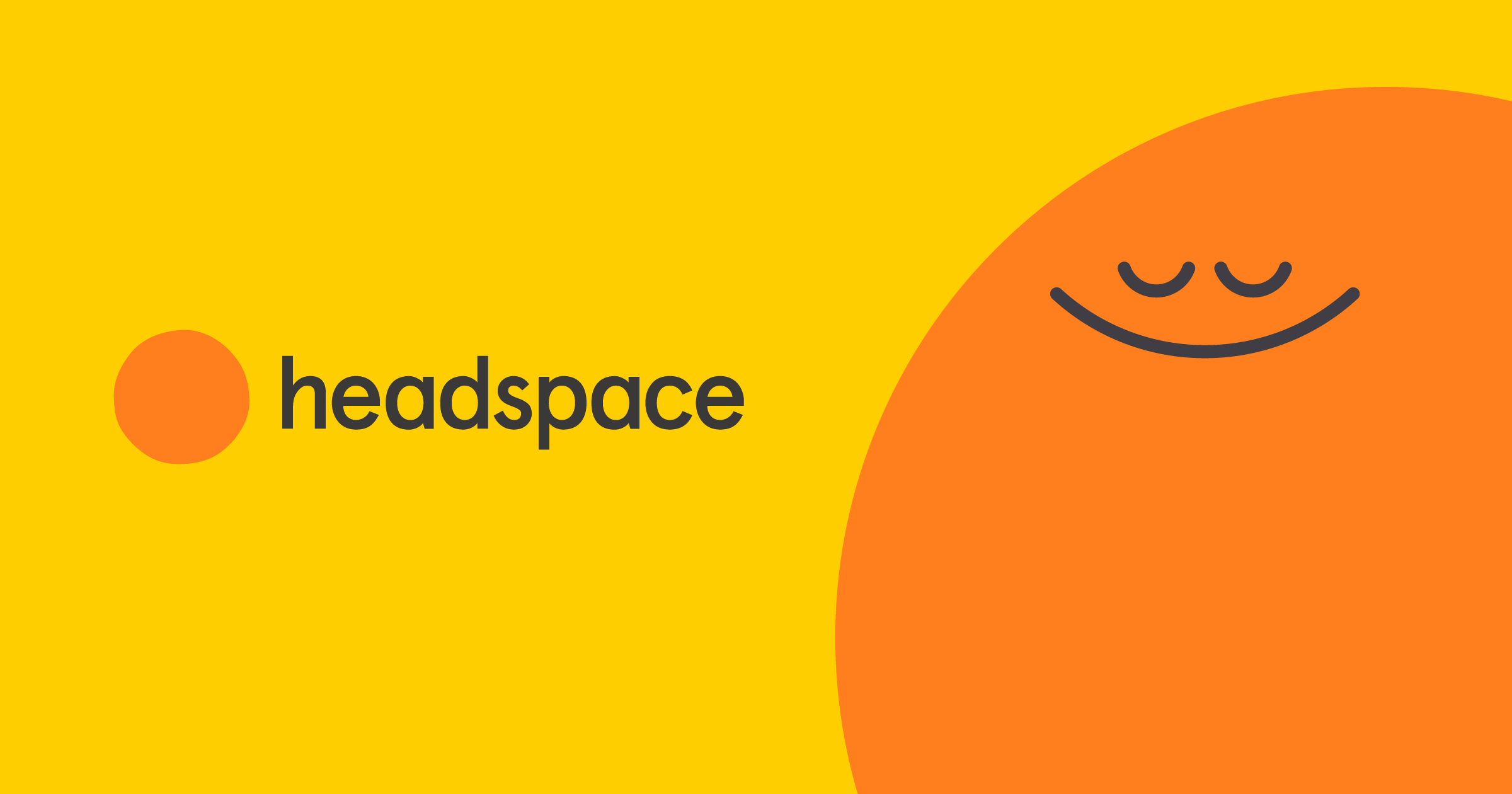
4. Conclusion
Optimizing productivity for ADHD content creators is essential for tapping into their unique talents and keeping their creative energies flowing.
Challenges like inconsistent focus can disrupt their work, but with the right strategies, such as using productivity tools, ADHD content creators can manage their tasks more effectively.
Adopting these approaches not only helps maintain a steady workflow but also boosts job satisfaction and reduces stress for ADHD content creators.
Try these methods and tell us whether they work for you :)

